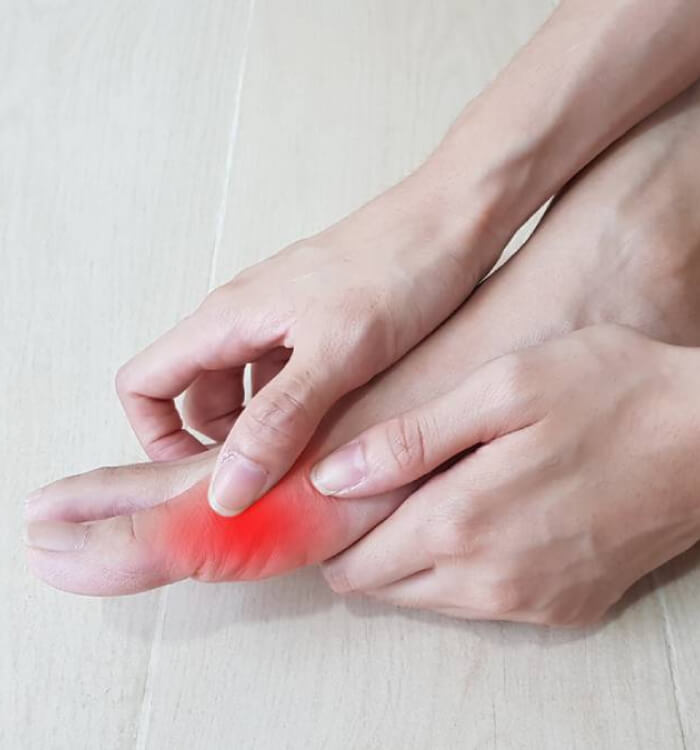Shock Wave Therapy
Extracorporeal Shock Wave Therapy (ESWT)
What is ESWT?

What is Plantar Fasciitis?
Who is a Candidate for ESWT?
What to Expect With ESWT?
After the Procedure
The foot and ankle surgeon may advise you to have someone drive you home after the procedure. Other instructions may include:
- Rest and elevate the foot for the remainder of the day and night.
- Resume gentle stretching exercises the day following the procedure.
- Avoid taking any anti-inflammatory medication, such as ibuprofen or aspirin, for up to four weeks after ESWT.
- Avoid heavy lifting until the surgeon approves resuming this activity.
- You may walk on the foot.
- Avoid running or excessive activity.
- Avoid going barefoot during the healing process.
- Wear supportive shoes.
- In some instancesshoe inserts) will be prescribed.
Although patients sometimes feel they can return to normal activities right away, the surgeon will determine when that is appropriate for your situation. It is important to use caution and follow the doctor´s instructions to avoid injuring the treated foot. Because ESWT temporarily reduces or eliminates the sensation of pain, patients sometimes become too active too soon.
ESWT is very safe and effective, but every surgical procedure carries the possibility of complications. In addition to mild pain and tingling or numbness, bruising and swelling sometimes develop after ESWT. There have also been reports of rupture of the plantar fascia and damage to the blood vessels or nerves.
ESWT in the Future
Like many other innovative noninvasive therapies, ESWT is an evolving technology. As the body of information on this technique continues to expand, the result will be additional uses for ESWT that will benefit more patients in the future.


